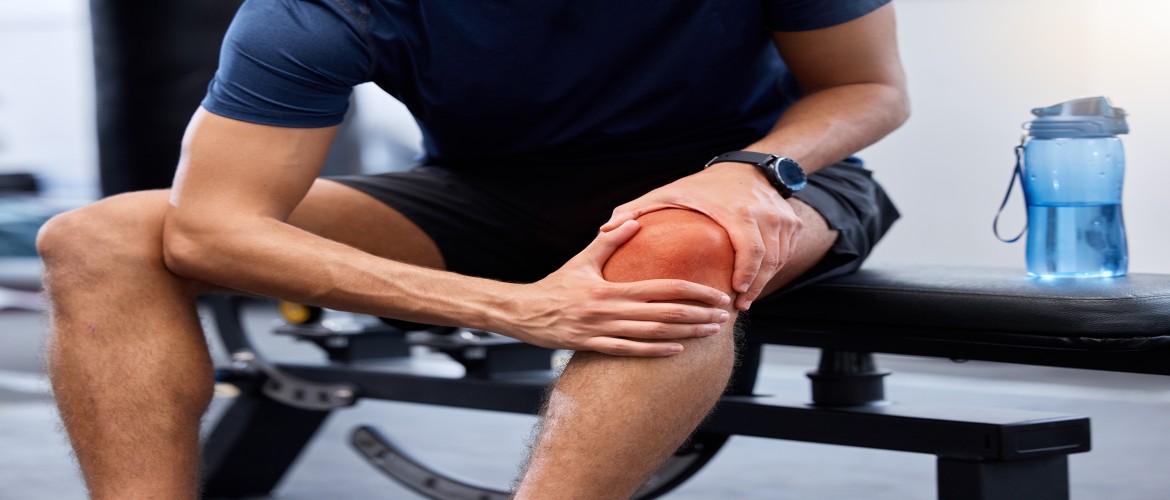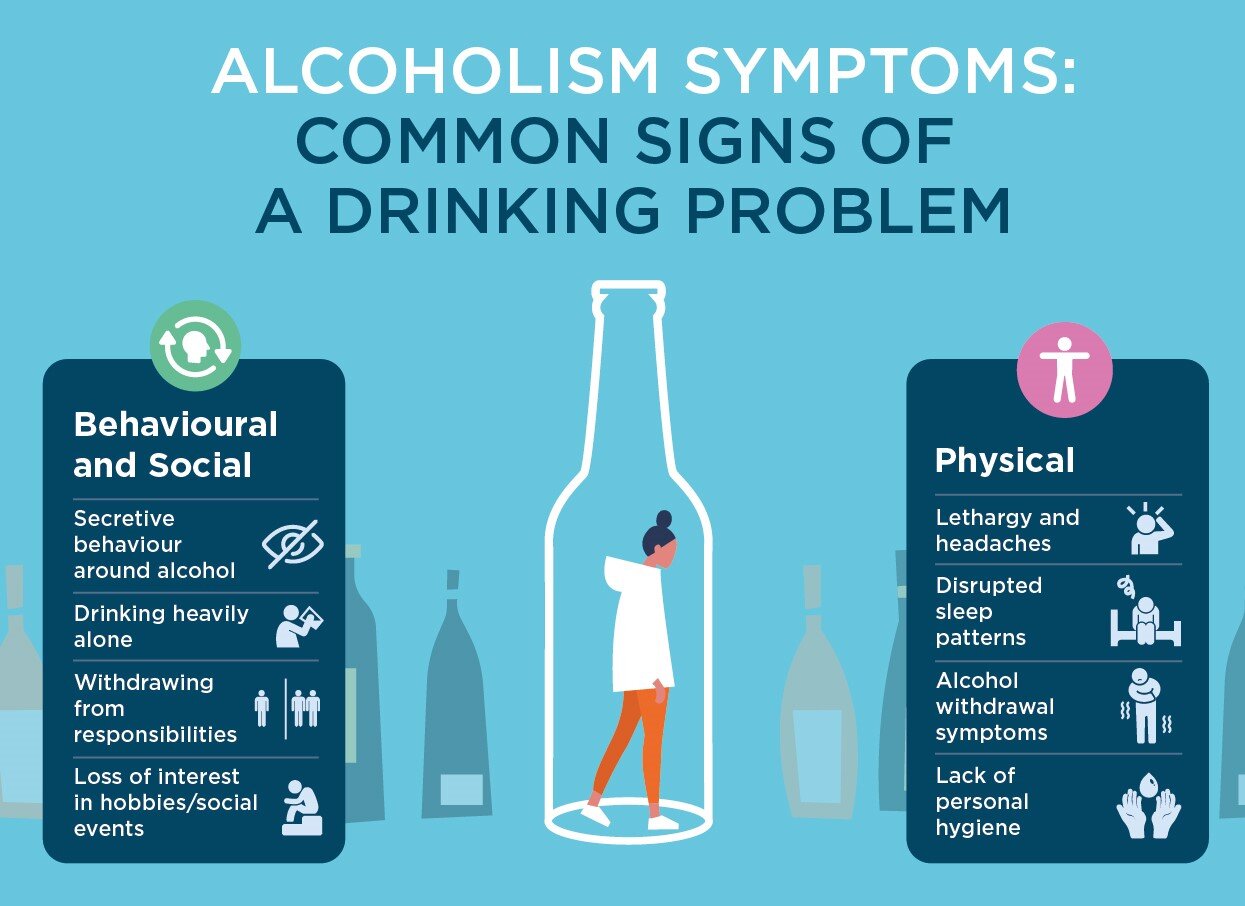In the modern hustle and bustle, our bodies often bear the brunt of the daily stressors we face. Despite this, many of us still find solace in staying active. Whether it’s lifting weights, practicing yoga, or going for a daily run, physical activity is an integral part of our health and well-being. However, there’s a hidden foe that can sabotage our efforts – muscle tension.
For those who value their physical health and desire a change in their muscular well-being, read on to discover a wealth of knowledge and practical tips to keep muscle tension at bay.
What is Muscle Tension, and Why Should You Care?
At some point in life, we’ve all felt the tightness in our muscles. Muscle tension, often referred to as tautness, stiffness, or rigidity, describes the state in which muscles are contracted even when they are not engaged. This constant ‘on’ mode can lead to various issues, including pain, restricted movement, and reduced flexibility. In extreme cases, it can lead to chronic pains like tension headaches or even serious musculoskeletal disorders.
Understanding the root cause of muscle tension is important for prevention. Stress, overexertion, poor posture, and dehydration are common culprits. Additionally, pre-existing conditions like arthritis or fibromyalgia can exacerbate muscle tension.
Stretching for the Unwound Soul
Effective stretching is a fundamental tool in the arsenal against muscle tension. But it’s not just about touching your toes – it’s about nurturing your muscles and allowing them to function at their peak.
Developing a Regular Stretching Routine
A comprehensive stretching routine should cover all major muscle groups and be integrated into your exercise regimen.
Remember that stretching should not be painful. It should be a gentle, enjoyable practice that relieves tension, not adds to it.
Tailoring Stretches to Your Activity
The nature of your physical activity should inform your stretching routine. If your day involves a lot of sitting, prioritize leg and back stretches. Athletes might focus more on dynamic stretches that mimic their sport’s movements.
The Art of Dynamic Stretching
Dynamic stretching is a type of stretch that involves movement. By actively increasing your range of motion, you prepare your body for physical activity in a more effective manner than static stretching alone. This can involve walking lunges, arm circles, or other fluid movements that warm up your body.
Hydration: The Elixir of Muscle Health
Staying properly hydrated is crucial in maintaining supple muscles. Water provides them with the fluid they need to function properly. A dehydrated muscle is a tense muscle, and chronic dehydration can lead to severe cramping and stiffness.
Augmenting with Electrolytes
In cases of heavy sweating during intense exercise, or when dehydration is at risk, consider supplementing with electrolytes. These minerals help regulate your body’s fluid balance, preventing muscle cramps.
The Role of Water Pre, During, and Post-Exercise
- Pre-Exercise: Ensure you’re adequately hydrated before starting your workout. Consider sipping water up to two hours prior to exercise to maintain a healthy fluid balance.
- During Exercise: Take regular water breaks during your workout, especially if it’s long or strenuous.
- Post-Exercise: Replenish fluids lost during exercise within two hours to help your muscles recover. A good rule of thumb is to drink about 16-20 ounces of water for every pound of body weight lost during exercise.
The Backbone of Health: Posture and Ergonomics
Good posture is an essential component of the muscle tension prevention toolkit. Unnatural positions and poor ergonomics can lead to chronic muscle tension, particularly in the back and neck.
Maintaining Good Posture
- Initial Awareness: The first step in correcting your posture is to be mindful of it. Notice when you’re slouching and make the effort to sit or stand up straight.
- Strengthening Exercises: Engage in exercises that specifically target the muscles needed for good posture, such as core-strengthening workouts like Pilates or certain yoga poses.
- Ergonomic Furniture: Invest in ergonomic chairs, standing desks, and other supportive equipment to maintain a proper posture, whether you’re working or relaxing.
Posture Tips for Specific Activities
- Working at a Desk:
- Keep your computer at eye level
- Sit back in your chair with your lower back supported
- Lifting Weights:
- Bend at the knees and hips, not the back
- Keep the weight close to your body to reduce strain
Seeking Professional Help
Sometimes, preventing muscle tension requires more than self-directed care. Professionals like chiropractors and physical therapists in Utah can offer tailored advice and treatments to alleviate muscle tension and prevent its recurrence.
The Benefits of Professional Assessment
- Individual Diagnosis: Professionals can help identify the specific causes of your muscle tension, potentially uncovering underlying health issues that need to be addressed.
- Targeted Therapies: Techniques like myofascial release, massage, and adjustments can provide relief for tight muscles, alongside exercises to strengthen and balance the body.
- Long-Term Solutions: Working with a professional can help you learn about your body and how to manage muscle tension in the long term.
Implementing Prevention in Your Daily Routine
- Start each day with gentle stretches to awaken your muscles.
- Hydrate consistently throughout the day.
- Consciously maintain good posture during activities and invest in ergonomic solutions.
- Pre-emptively address muscle tension with preventive professional care.
By weaving these strategies into your daily life, you’re not just managing muscle tension – you’re crafting a lifestyle that honors the health and strength of your body.
Stay proactive, stay hydrated, and stay in motion. Your muscles will thank you, and your active lifestyle will flourish without the encumbrance of tension. It’s a small change to your routine that can lead to big improvements in comfort and well-being.
Remember, it’s never too late – or too early – to take steps to prevent muscle tension. Whether you’re an enthusiastic weekend warrior or are beginning to face the physical challenges of aging, prioritizing these strategies can make a significant difference in your muscular health.

 Entertainment3 months ago
Entertainment3 months ago
 Entertainment3 months ago
Entertainment3 months ago
 Entertainment4 months ago
Entertainment4 months ago
 Tech3 months ago
Tech3 months ago
 Fashion5 months ago
Fashion5 months ago
 Entertainment2 months ago
Entertainment2 months ago
 Entertainment3 months ago
Entertainment3 months ago
 Life Style3 months ago
Life Style3 months ago



